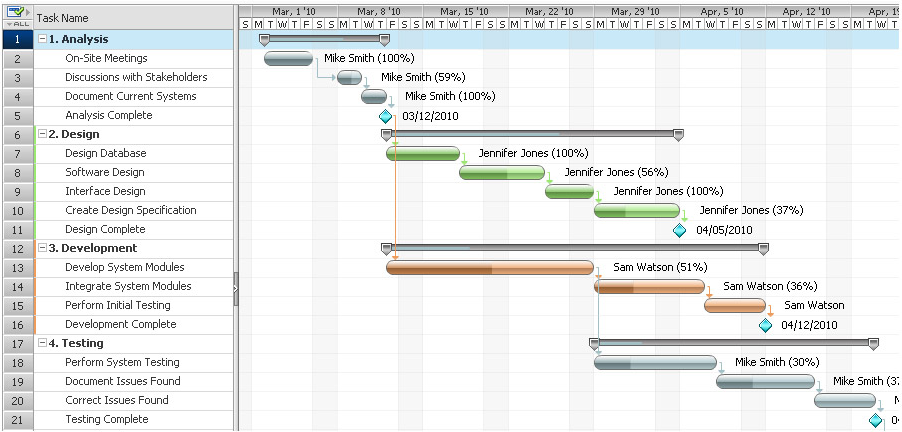| To build quality software that delivers immediate business benefits and customer value requires the right development methodology. Depending on your project objectives, technical complexity and timeframes we select the most suitable methods to ensure the best possible results. Our expert team of architects, developers and project managers have years of experience working with a number of proven methodologies such as agile and waterfall.
|
 |

Agile Development
Agile development methodology delivers customer value faster. So what is agile? Well, agile development mitigates risk by continually sharing our work with you, the client, in order to check that what we are building is what you really want. Agile produces the highest business value in the shortest time by developing software in an iterative, incremental manner. Each short development cycle is called a sprint. A sprint can be run over any length of time but is usually just a few weeks. The sprint is composed of defined requirements, product design, coding and testing. Each sprint has the potential to produce a working product. For example, the initial sprint might produce a working piece of software, such as an e-commerce platform. Subsequent sprints will continue to add refinements, features and functionality.
The development team is known as a scrum. A project manager is usually appointed as scrum master. It is their job to ensure the project runs smoothly and any potential obstacles are spotted early and managed accordingly. The team hold a daily stand-up meeting to understand what everyone did yesterday, what they intend doing today and any issues that might impede progress. The scrum master also provides feedback to the team. At the end of each sprint the scrum master will conduct a review. Having successfully launched a new product the client can quickly gain vital user insights about potential improvements and additional features. These new requirements or specifications can form the basis of additional sprints. Ultimately the agile methodology enables us to quickly and continuously improve the software application until you and your customers are completely satisfied.
The key benefits of agile development include:
|
Product speed-to-market |
|
|
Certainty and confidence in project outcomes |
|
|
Revenue generation |
|
|
Ability to prioritise key features |
|
|
Customer value |
|
|
Collaborative and transparent process |
|

Waterfall Methodology
The waterfall development methodology is a linear, sequential approach to building software. We tend to use waterfall where our client’s requirements are clear, fixed and understood. There are no product or technology ambiguities. There are six phases to the waterfall method, and it’s very straightforward. The first step is to specify requirements for the software to be developed. Next, we prepare the system’s design. Once designed, the software is developed in small units. Each completed unit is tested for its functionality. Once all the units have been assembled they are integrated into a complete system. The system is then tested and released to the customer. Because the waterfall method is a fixed, linear process it makes budgeting and resource allocation much easier and simpler. However, the obvious drawback is it lacks flexibility, which means any omissions from the original specifications can prove costly.
The key benefits of waterfall development include:
|
Simple and easy to understand and use |
|
|
Easy to manage due to rigidity of model |
|
|
Each phase of project completed sequentially |
|
|
Works well for small projects with clearly defined outcomes |
|
|
Requires less client time and involvement |
|
|
Managed, fixed costs |
|
Are you looking to outsource a software development project? Contact us now.